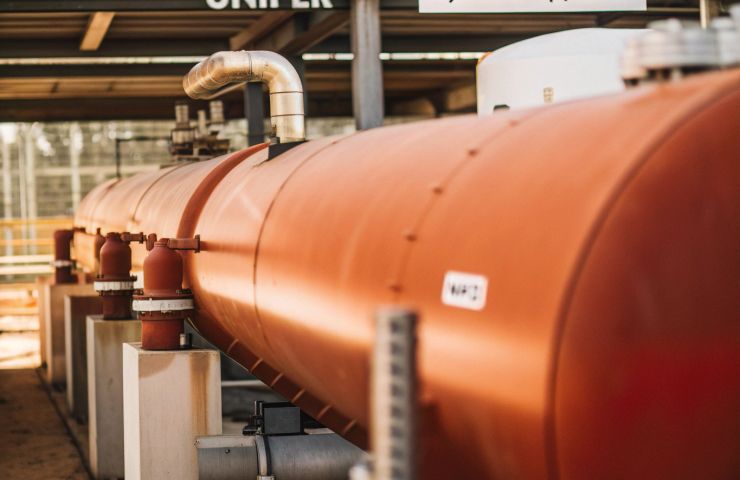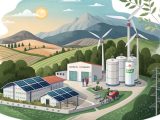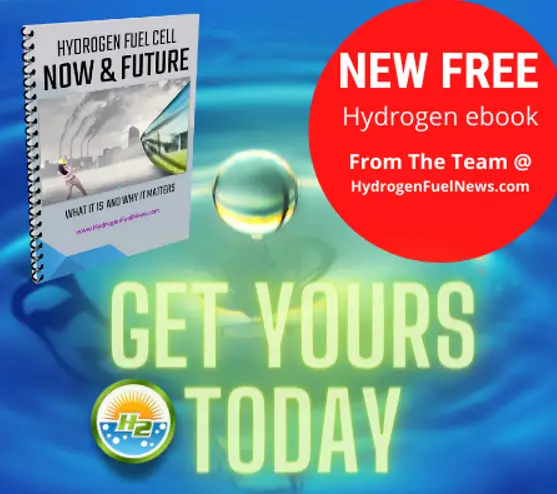
Uniper and Thyssenkrupp Uhde Launch Landmark Ammonia Cracking Plant to Boost Hydrogen Production in Germany
May 30, 2025Germany is stepping firmly into the spotlight of the global hydrogen scene as Uniper SE and thyssenkrupp Uhde GmbH break ground on what’s slated to become one of the world’s largest ammonia-to-hydrogen demonstration plants. Set in Gelsenkirchen-Scholven, North Rhine-Westphalia, this facility isn’t just another pilot—it’s Germany laying the groundwork for converting imported clean ammonia into green hydrogen at industrial scale.
A big leap toward cleaner hydrogen imports
This is a major step forward in scaling up hydrogen production for Europe. Ammonia, traditionally used in fertilizers and chemicals, is getting a fresh look as a powerful hydrogen carrier. It’s simple to transport, relatively easy to store, and now—thanks to cutting-edge tech—can be turned back into usable hydrogen in just the right places.
Why Gelsenkirchen? It’s both symbolic and smart
Of all places, why launch a hydrogen future in Gelsenkirchen? Known for its coal and steel roots, this region has long fueled German industry. Today, it’s becoming a launchpad for industrial decarbonization. With a tech-savvy workforce and industrial know-how baked into its DNA, North Rhine-Westphalia is perfectly placed to shift gears—from smokestacks to clean energy innovation.
Breaking down the tech: ammonia to hydrogen
Central to the project is ammonia cracking—a high-temperature, catalytic process that splits ammonia (NH3) into nitrogen and pure hydrogen. The appeal? Compared to hydrogen alone, ammonia holds more energy by volume and is much easier to ship using today’s infrastructure. Once it’s cracked open at facilities like this one, the resulting hydrogen can feed local power grids and support hard-to-electrify industries like steelmaking and chemical production.
Two powerhouses, one future-focused mission
This collaboration taps into serious German engineering muscle. On one side, there’s Uniper, which has been pivoting toward low-carbon energy solutions since its 2016 spin-off from E.ON. With a huge footprint in gas, electricity, and energy storage, it’s well placed to push hydrogen into the mainstream. On the other side is thyssenkrupp Uhde, arguably one of the world’s top names in chemical plant design—with deep experience in building global-scale ammonia production plants.
Together, they’re blending legacy industrial savvy with next-gen energy ambition.
Clean ammonia as a climate play
Germany’s National Hydrogen Strategy puts a strong emphasis on importing hydrogen as a key part of reaching its climate goals. Since renewable production inside Germany has its limits, the plan relies heavily on bringing in hydrogen from sun- and wind-rich regions like Africa, Latin America, and the Middle East. The trick? Using ammonia as the delivery vehicle. It ticks all the boxes: mature shipping routes, existing storage infrastructure, and international know-how.
This new facility in Gelsenkirchen isn’t just proof of concept—it’s practice for a future where green hydrogen is produced overseas, shipped as ammonia, turned back into hydrogen on arrival, and then pumped into Europe’s expanding hydrogen infrastructure. It’s all part of creating a closed-loop energy chain that actually works at scale.
Real-world benefits that hit home
What’s especially exciting is how grounded this project is in real industrial needs. It’s aimed directly at sectors that are notoriously tough to decarbonize—steel, chemicals, even power production. Beyond providing clean fuel, the new facility will also bring a boost to the local economy through high-skill jobs in engineering, facility management, and logistics. It’s a win on the climate front and an economic shot in the arm.
That said, ammonia isn’t without its challenges. It requires tight safety standards during handling, and the climate benefits only stack up if it’s made with renewable energy. That’s why both Uniper and thyssenkrupp Uhde are laser-focused on sourcing only low-carbon/green ammonia to ensure the whole process stands up to scrutiny.
Opening the door to Wilhelmshaven and beyond
Success in Gelsenkirchen could be the tipping point Europe’s been waiting for. If this plant proves the process works at industrial scale, it could directly inform the rollout of Uniper’s massive hydrogen terminal planned for Wilhelmshaven. That site is shaping up to be Germany’s biggest and boldest clean ammonia logistics hub—possibly the beating heart of Europe’s future hydrogen supply network.
And it’s not just Europe watching. Countries like Japan, Australia, and South Korea are exploring similar technologies, but few have the level of industrial integration Germany is putting into motion right now.
As we race toward net-zero emissions and search for real ways to move green energy across the globe, ammonia might just end up leading the charge. And with this project in Gelsenkirchen, Germany is showing the world what that future could look like.



 With over 15 years of reporting hydrogen news, we are your premier source for the latest updates and insights in hydrogen and renewable energy.
With over 15 years of reporting hydrogen news, we are your premier source for the latest updates and insights in hydrogen and renewable energy.